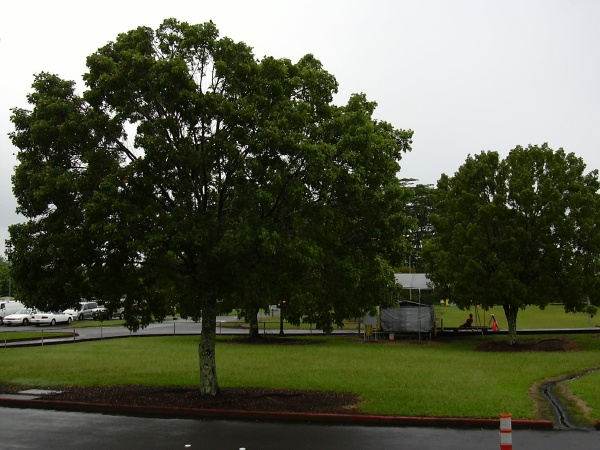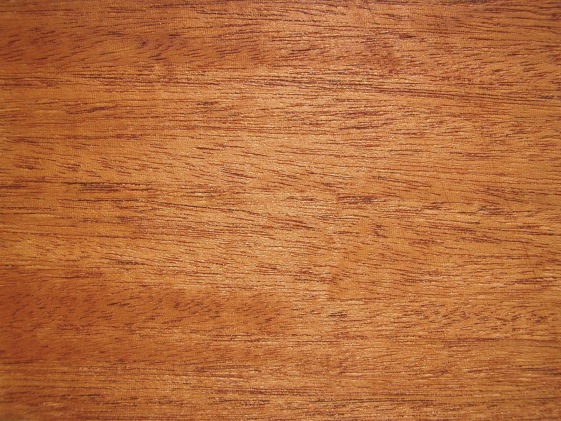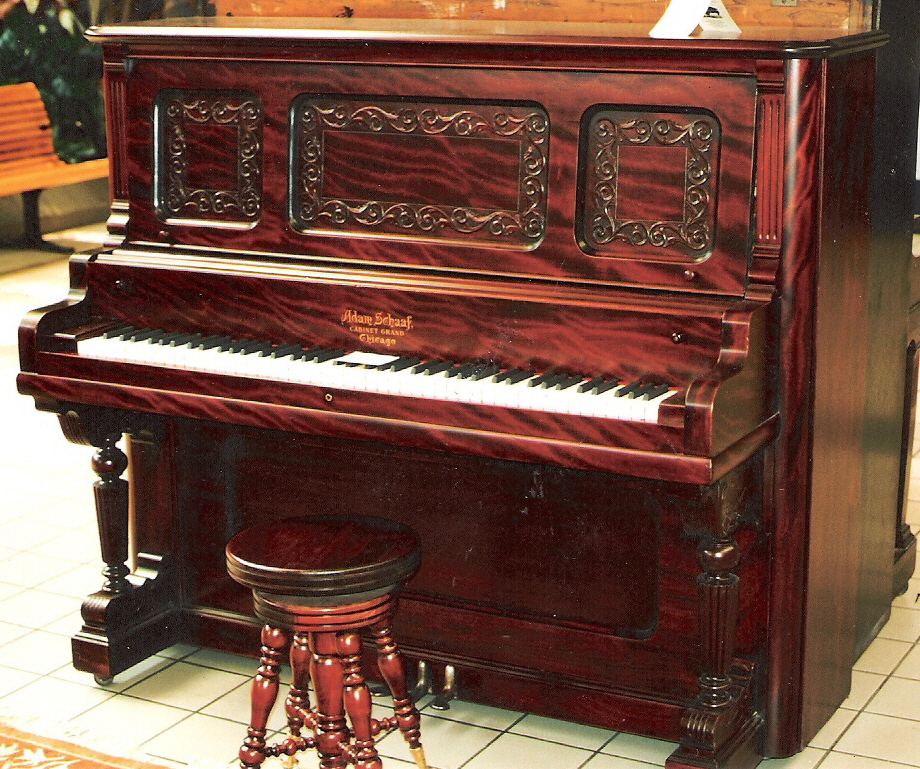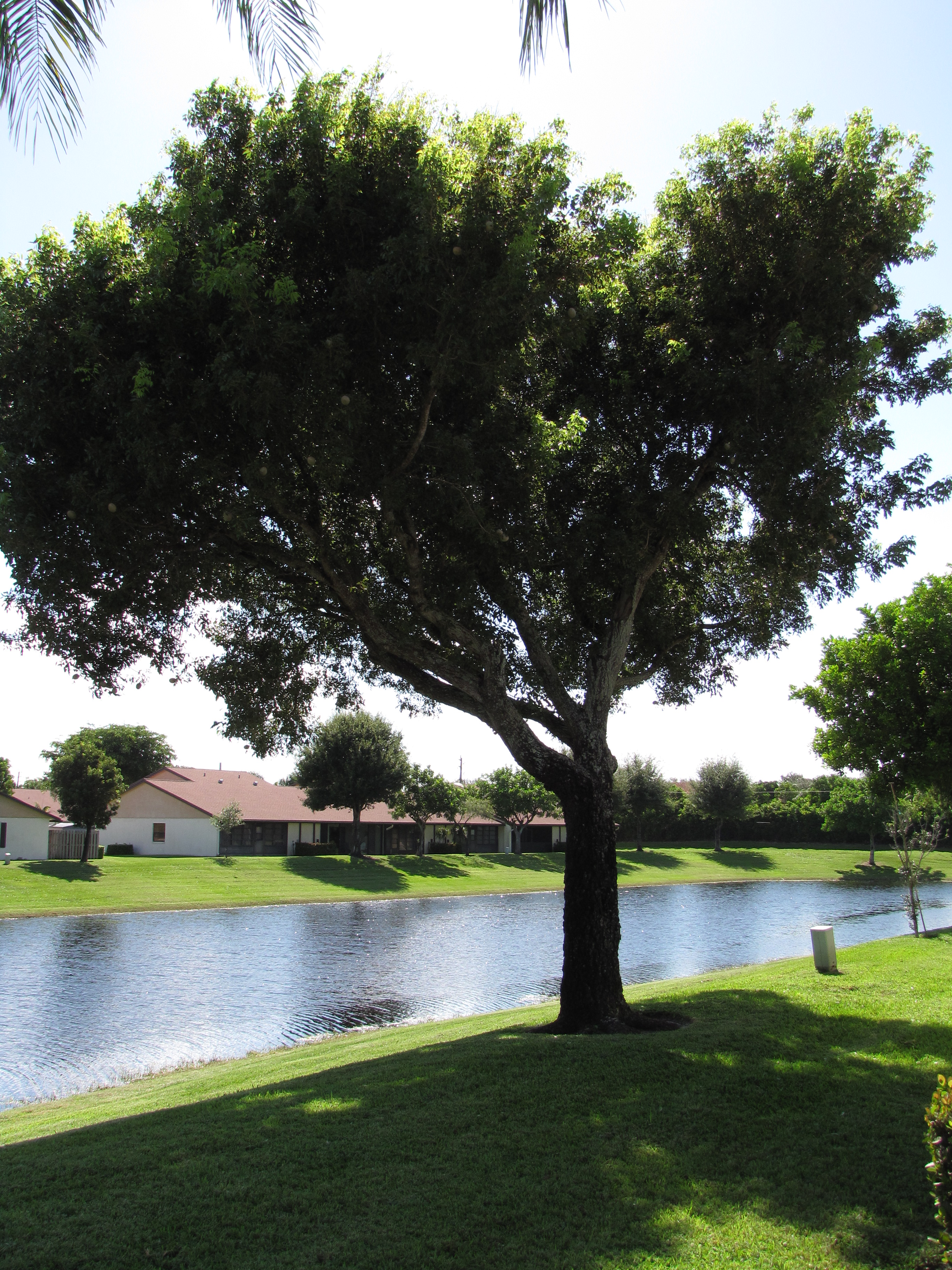
West Indies Mahogany: Sustainability
Prized for its beautifully grained, dark, red-brown wood, the
Mahogany tree is exploited for its premier use in high-class furniture,
 musical instruments, cabinetry, indoor trimming and many others. In
effect, this valuable timber tree has become increasingly rare in parts
of its original habitat. Already it has been labeled as extinct in
Costa Rica. During
the Colonial Period in the Caribbean Region, West Indies Mahogany was
extensively logged, after which the more extensively distributed
Honduras mahogany on the mainland of the Americas became the major
source of mahogany timber.
musical instruments, cabinetry, indoor trimming and many others. In
effect, this valuable timber tree has become increasingly rare in parts
of its original habitat. Already it has been labeled as extinct in
Costa Rica. During
the Colonial Period in the Caribbean Region, West Indies Mahogany was
extensively logged, after which the more extensively distributed
Honduras mahogany on the mainland of the Americas became the major
source of mahogany timber.

The trade in mahogany began in the Caribbean about five centuries ago, but since the threatened state of S. mahagoni has become apparent, there have also been difficulties in the sustainability of Swietenia macrophylla, a member in the same family, in Central and South America. Plantations in several countries such as Fiji, India and Bangladesh grow both Swietenia macrophylla and Swietenia mahogoni in order to provide the world's supply of "genuine mahogany." The trade in mahogany is restricted in the tree's native regions of the Caribbean by the Convention On International Trade in Endangered Species of Wild Flora and Fauna (CITES) since the late 1990s.
Solutions to the decline in this timer can be found in substitute mahogany; the use of the wood of a family of trees whose characteristics are similar to, but are not genuine, mahogany. There are the “Philippine mahogany”, the “Santos mahogany”, and “Royal mahogany,” all of which are completely unrelated to mahogany, but are marketed as such. Although the goal of the marketing company is not to save a threatened species but rather to sell cheap lumber for profit, we biologists appreciate it all the same. There are many alternatives to using true mahogany in woodworking.
Long before saving the earth became a popular global concern, Dr.
Seuss spoke through his character, the Lorax, warning against the mindless
threat we humans pose against nature for the sake of our own
progress and the dangerous impact we have upon the earth's natural beauty.
An excerpt from Dr. Seuss' The Lorax
And at that very moment, we heard a loud whack!
From outside in the fields came a sickening smack
of an ax on a tree.
Then we heard the tree fall.
The very last Truffula Tree of them all!
That was long, long ago.
But each day since that day
I've sat here and worried
and worried away.
Through the years, while my buildings
have fallen apart,
I've worried about it
with all of my heart.
But now," says the Onceler.
"Now that you're here,
the word of the Lorax seems perfectly clear.
UNLESS someone like you cares a whole awful lot,
nothing is going to get better.
It's not.
Help save the Mahogany tree!
Check out these sites to learn how YOU can help save our rainforests:
Caribarena Antigua
SocyBerty.com
